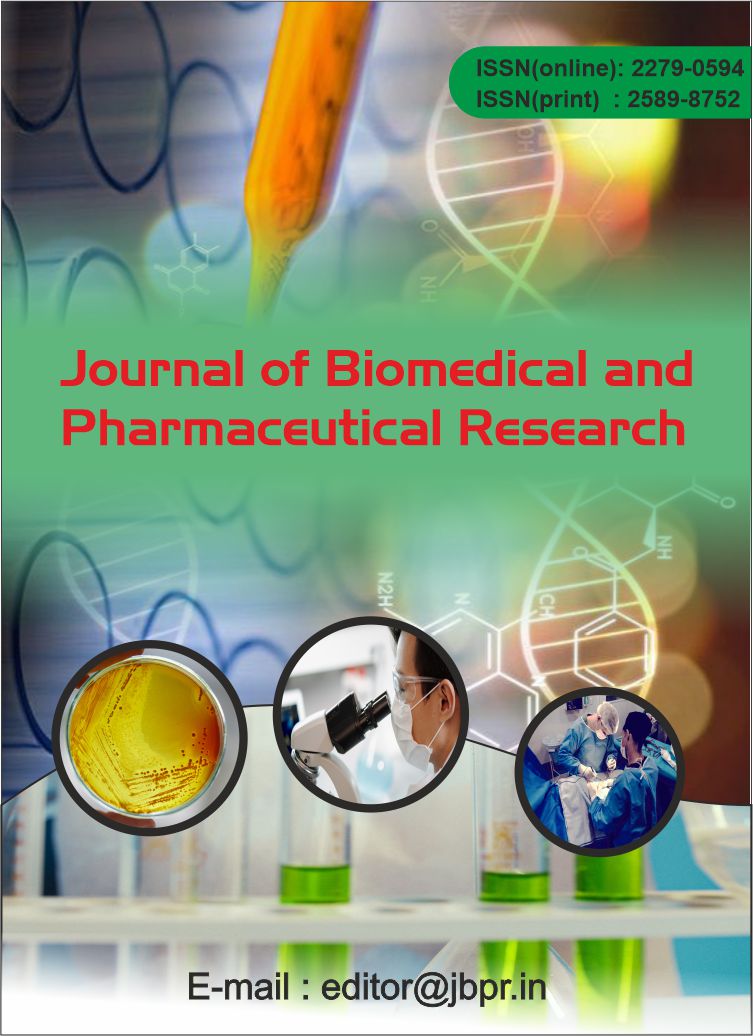Alzheimer’s disease: A Comprehensive Review of Mechanisms, Diagnosis, and Treatment
Abstract
Background: The international leader in dementia cases, Alzheimer’s disease (AD) develops as a steadily worsening brain deterioration disease. This disorder leads to declining cognition and impairments of memory and behavioral abnormalities among patients. Scientists have investigated AD at scale yet no effective medications exist for modifying the condition. This review provides substantial detail about AD's pathophysiology, genetic and environmental causes, detection approaches and existing treatment options.
Objectives: The principal objective within this review is to gather knowledge about AD by examining its fundamental processes and diagnostic and treatment aspects as well as risk factors. The text discusses active research activities and potential advancements in AD treatment development.
Methods: The research analysis employed three academic databases including PubMed, Scopus and Google Scholar. This analysis used relevant peer-reviewed articles combined with clinical studies along with systematic reviews. This analysis investigates five primary domains regarding amyloid-beta (Aβ) aggregation, tau pathology, neuroinflammation, mitochondrial dysfunction, genetic predisposition along with the development of new diagnostic and treatment methodologies.
Results & Discussion: The main cause of Alzheimer's disease development consists of Aβ plaques which accumulate together with hyperphosphorylated tau proteins in addition to neuroinflammation and mitochondrial decline and breakdown of the blood-brain barrier. Severe genetic susceptibilities to Alzheimer's disease develop when people carry the APOE ε4 allele alongside specific APP, PSEN1, PSEN2 gene abnormalities. These two conditions increase the number of risk elements that derive from cardiovascular health and stress reactions alongside individual lifestyle choices. Clinical diagnosis occurs early with the use of MRI technology and PET scans and cerebrospinal fluid biomarkers together with new blood-based detection tools. Studies have demonstrated the effectiveness of Donepezil Rivastigmine and Galantamine cholinesterase inhibitors together with Memantine as NMDA receptor antagonist and ongoing discussions about Aducanumab Aβ monoclonal antibody therapy. The core components of AD management depend on non-medical interventions that include both cognitive therapy sessions and life habit improvements.
Conclusion: Scientific advancements in AD research continue to advance yet effective cure methods prove difficult to discover. Future research needs to prioritize discovering new therapeutic targets along with enhancing early detection methods and conducting studies about precision medicine techniques. Research teams must unite genetic specialists with those who study brains and pharmacologists to achieve successful treatments.
Keywords: Alzheimer’s disease, cognitive decline, amyloid plaques, tau tangles, dementia, neurodegeneration, genetic factors.
![]() Journal of Biomedical and Pharmaceutical Research by Articles is licensed under a Creative Commons Attribution 4.0 International License.
Journal of Biomedical and Pharmaceutical Research by Articles is licensed under a Creative Commons Attribution 4.0 International License.




